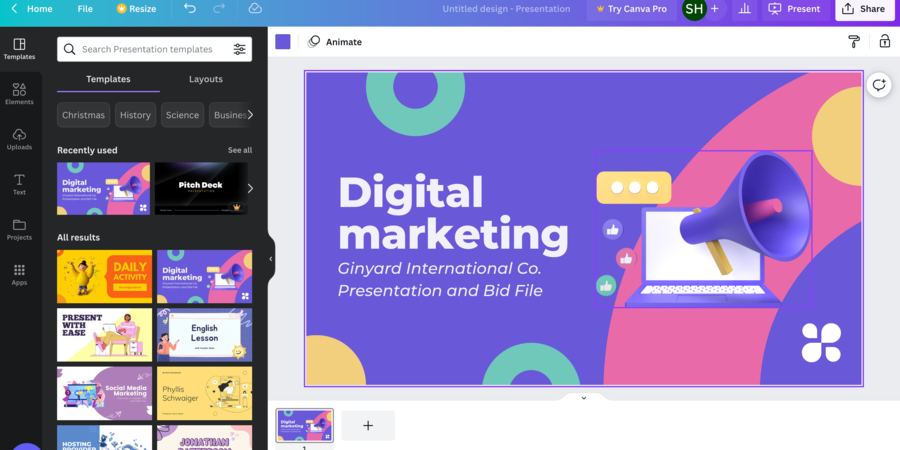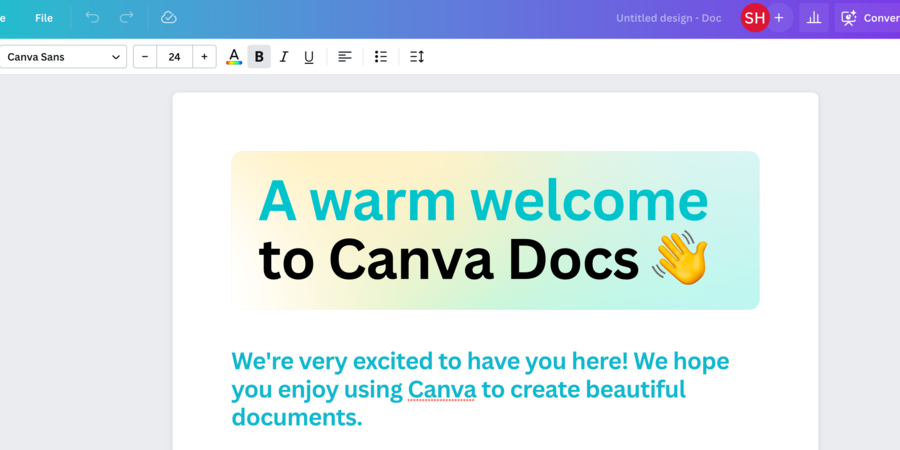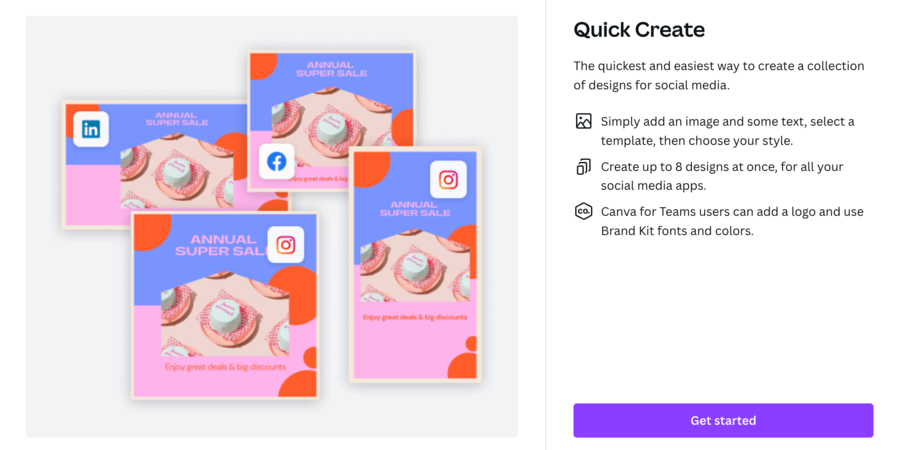Each week we feature an app that has caught the attention of the Crozdesk community. We look for exciting features that make our lives easier, apps that take a radical approach to existing problems or a service that has everyone talking about it. In other words, apps that we think you should know about. This week’s featured app is Canva. Graphic design has traditionally been the domain of designers trained in the complexities of Adobe Creative Suite, but a new web-based design platform and media licensing service aims to change this!
Installation and Sign up Process
The sign-up process is super simple. Visit the website and click the big sign-up button. No form filling skills required here, you can sign up with Facebook or Gmail, which is always pleasant! Then there is no additional login required and you can start designing straight away. Now let’s see what Canva is offering us!
UI / UX
Ready-made design
This online photo editor is instinctive and within a few seconds you get an idea of what you can do. Canva has a resource of ready-made design templates that can be adapted to meet the user’s requirements. These templates are well designed and visually attractive and make the software relevant to a large number of users.
Your designs tab
This is the main dashboard. It gathers what you have previously created with Canva. It also suggests the right format to use depending on what type of image you want to create: Social media, presentation, poster, Facebook cover/ post, Instagram, Twitter, etc.
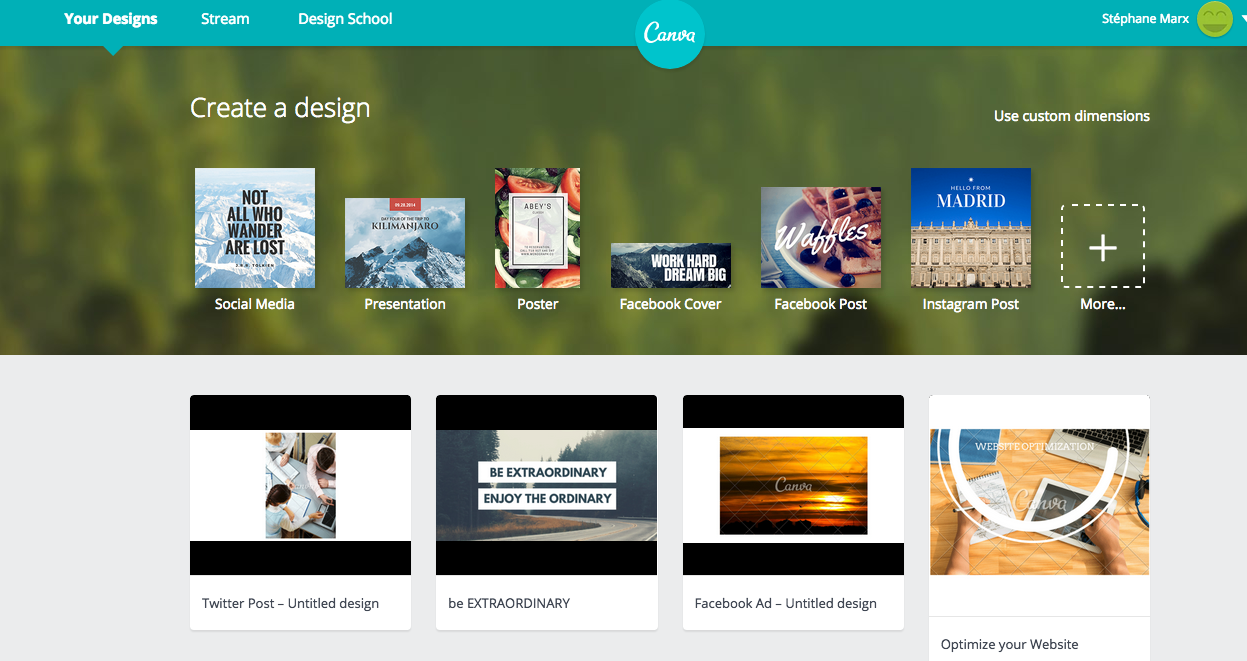
Stream tab
The stream is a feed of the latest content created by users and suggested by Canva. You can comment, like the images and follow the users who created them. It’s like a social design feed, the idea behind it is cool! However this function did not always work correctly during our testing, even after several page refresh attempts (problem loading the stream).
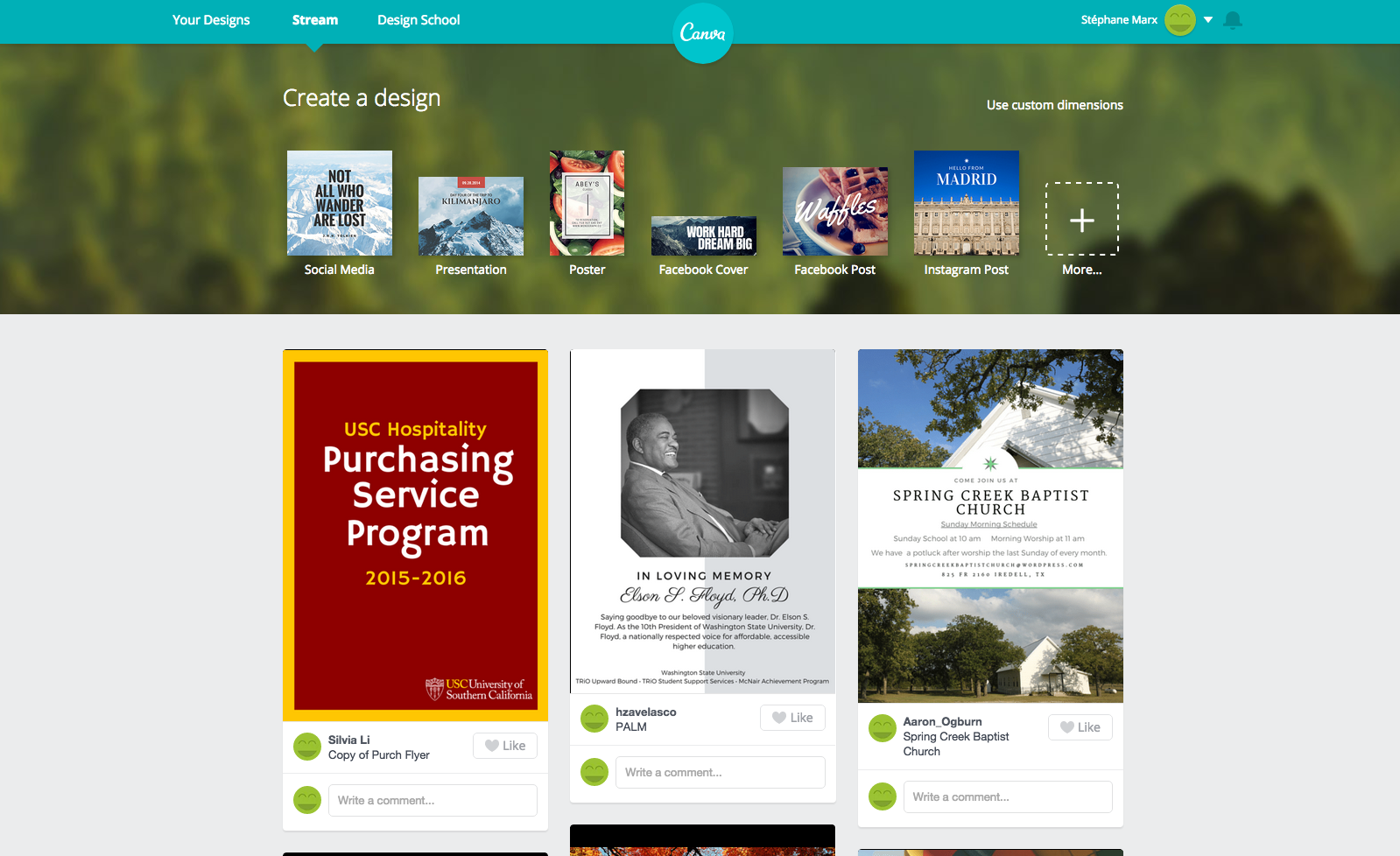
Design School tab
From this tab you have an easy access to tutorials, courses and articles about design. It is a good source of ideas and inspiration, but also a way to learn from professional designer’s advice and hacks.
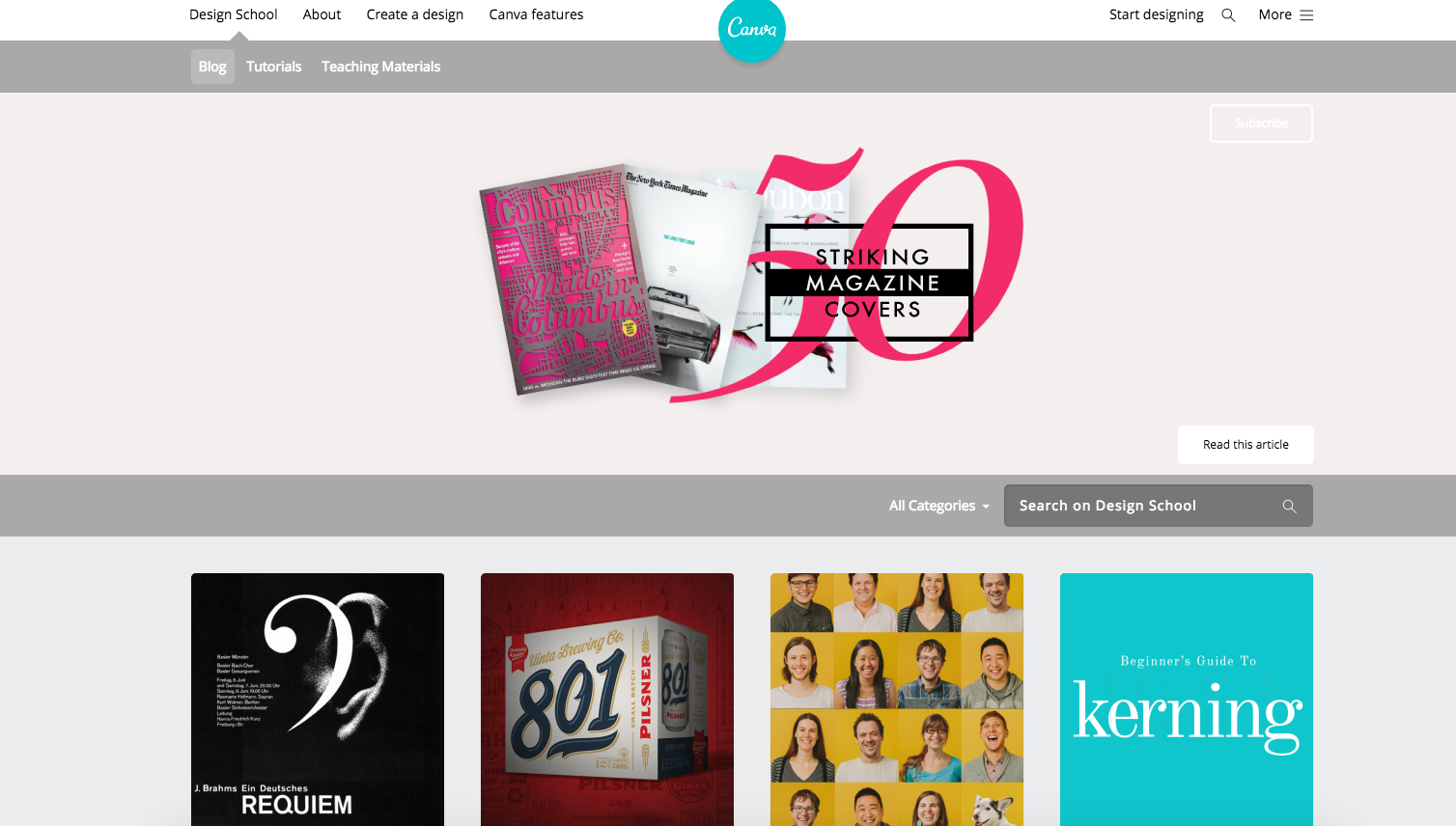
Creating a customized image
Once you have chosen the type of media you want to create, you can search for specific images by keywords trough Canva. If you’re not a premium user, most of the images will be tagged with a Canva logo, thus not really usable as final versions or for professional use. Regarding the features, Canva online photo editor gives you several options: you can change the layout, the text, the background of the picture you chose. But also upload your own images and edit them directly with Canva web application.

Bespoke design
For designers or those with more time, Canva offers tools which can be used to create a visually interesting, bespoke design.
Among the different interesting functionalities:
- PICTURE FRAMES: These are designed to structure your page or project, offering a clear way of dividing your design ready for the placement of images and text. Frames have the advantage of automatically cropping any image you drag into them, although this only works with full images and not cut outs.
- PICTURE SHAPES: Shapes, lines, illustrations and icons – these are contained in a searchable library and are ready to drop into your project.
- PICTURE PHOTOS: A collection of free and pay-to-use stock photos, these retain the Canva hologram until you pay for your design.
- PICTURE CHART: A really useful resource for the creation of infographics.
- PICTURE TEXT: The array of attractive and contemporary looking fonts is definitely one of Canva’s strengths. It is unclear whether these fonts can be easily scaled up without distortion, for the creation of large advertisements such as billboards, for example.
- PICTURE BACKGROUNDS: A range of colours and textures are available to add to your design. Photos can also be used as backgrounds.
PICTURE UPLOADS: This feature allows you to upload your own pictures from a PC or Facebook.
Pricing and licensing
Canva is free for personal use however Canva for Work is charged at $12.95 per user on a monthly basis. Selected images and material are $1 each. The site automatically costs your project based on the number of chargeable images you have used and then requests payment before permitting the download of a finished project. Different licenses agreements are available, depending on the frequency and intended use of the finished design.
Conclusion
Cons
- Image Database
The image database is large but can be a bit limited for some keywords. However it is a temporary issue, the image database is growing every day and will keep growing as Canva becomes more popular.
- Stream tab to be perfected
Even though the idea is interesting, the stream seems to not work properly all the time. It can be perfected and emphasized to let users access to more content.
Pros
- Ease of use
User’s interface is clear and easy to play with. The drag and drop and editing tools are super accessible, even for beginners in design. The suggested formats helps to focus the user on design and image content, rather than on cropping and sizing. This is definitely a time-saving tool when it comes to sharing content, particularly as many social media channels have different image policies.
- Flexibility
Choose whether to use images from Canva’s database or your own. Easily edit image format, size, font, background effects. Download or share them directly online. Canva unifies all the major features of design to make online photo editing, designing and sharing easy.
- Tutorials and courses
It is a great idea to have a direct and quick access to design inspiration and tips. It can be useful when working on important projects to get know some basic design rules and discover professional designers work.
Replacing the graphic designer?
According to Canva’s research, 78% of small and medium-sized businesses have staff members who are not graphic designers producing communications materials. In principle, Canva is an excellent idea which could enable staff with no background in design to produce visually attractive and impactful marketing materials. The question is whether Canva’s range of tools and design options offers businesses enough flexibility to create designs which are visually distinctive and consistent with their brand. However, with regular updating of the app and the image libraries, Canva seems set to become an increasingly useful resource for any business interested in producing high quality and visually attractive designs.



